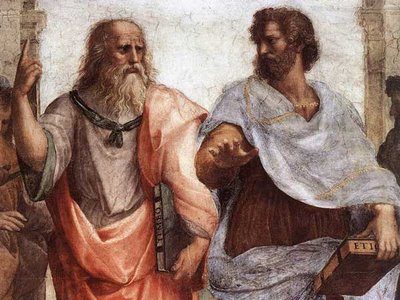 This geometric figure is made up of four equilateral triangles, that is, regular triangles. In other words, it is a regular polyhedron with four equal triangular faces. This polyhedron has a total of four faces, six edges, and four vertices (three faces meet at each of its vertices).
This geometric figure is made up of four equilateral triangles, that is, regular triangles. In other words, it is a regular polyhedron with four equal triangular faces. This polyhedron has a total of four faces, six edges, and four vertices (three faces meet at each of its vertices).
Regarding its height, it is obtained by drawing a perpendicular from the vertex towards the opposite face of this figure. Its volume is equal to one third of the area of the base multiplied by its height. To calculate the area, the area of one of its triangles is calculated and multiplied by four.
There are also irregular tetrahedra, which are made up of four different polyhedra. There are two variants: the trirectangle and the isofacial. The first has three faces formed by right triangles and their heights coincide at the same point. The second is made up of three equal isosceles triangles.
A geometric figure with a mystical and therapeutic value
The Greek philosopher Plato understood that the whole of the universe could be summarized in five geometric figures: tetrahedron, cube hexahedron, octahedron, dodecahedron and icosahedron. They are all known by one name, "the Platonic solids." The combination of these solids would form a sphere, which would represent the sacred geometry of the cosmos.
For Plato the tetrahedron symbolizes an element of nature, fire (at the same time this figure is associated with the concept of wisdom). The hexahedron represents the earth. The octahedron represents air. The dodecahedron symbolizes the ether.
Finally, the icosahedron represents water. According to some pseudoscientific interpretations, these figures are directly related to some physical alterations of living organisms and, consequently, through them it is possible to cure some diseases.
Patterns in nature can be expressed in mathematical language
On the other hand, some scientists maintain that the language of the universe is linked to the Platonic solids. This implies that the physical world is ordered by properties of a mathematical nature.
Mathematical patterns are present in constellations, in the human body, in art, and in the cities we inhabit. Geometric figures even allow us to understand the subatomic parts of matter. This reality was posed in an intuitive way by Plato and by the philosophers of the Pythagorean school.
Scientists are still debating this question today. For some, nature is written in mathematical language and for others it is our mind that creates mathematical models to understand nature.
Photo: Fotolia - Peter Hermes Furian









